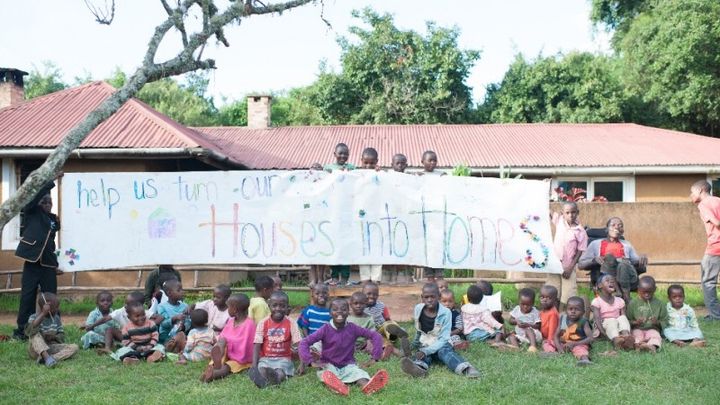
Houses to Homes - Mufindi, Tanzania
ABOUT THE IGODA CHILDREN’S VILLAGE
The Igoda Children’s Village was created in 2007 to provide a permanent home for at-risk children whose lives and livelihoods have been impacted by poverty, illness, neglect, and abuse. The 61 residents, who range in age from infants to adolescents, have come to us from villages across the Mufindi district. Many are orphaned, some have physical disabilities, and all come from the poorest of backgrounds - but every child in our care has shelter, sustenance, opportunity, and support. 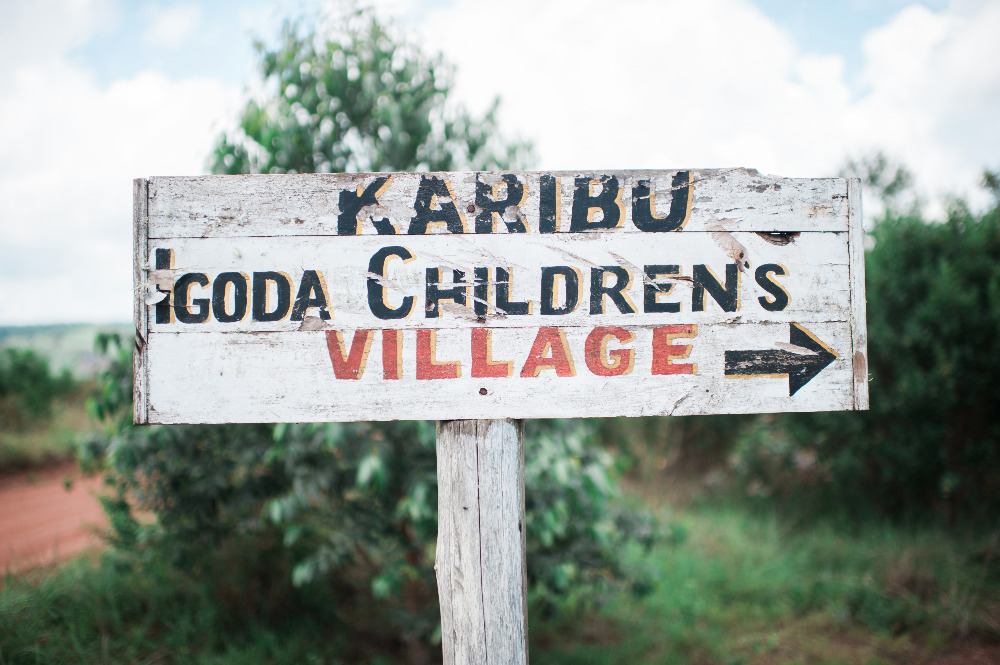
They also have a community. That’s what’s makes our Children’s Village special: we take an organic, community-based approach that focuses on raising and nurturing children within their own sociocultural sphere. The idea is to separate these kids from exploitation and poverty without disengaging them from East African culture or from their identities as members of the community. And it works. Our approach is proven – by social science and by our own experience – to foster strong, healthy individuals who become good citizens and effective leaders within their culture.
It’s not an orphanage. It’s not an “institution.” It is, quite authentically, a village: a warm and thriving African community populated by children and by the House Parents who serve as their guardians, caretakers, mentors, and friends. And it could use your help!
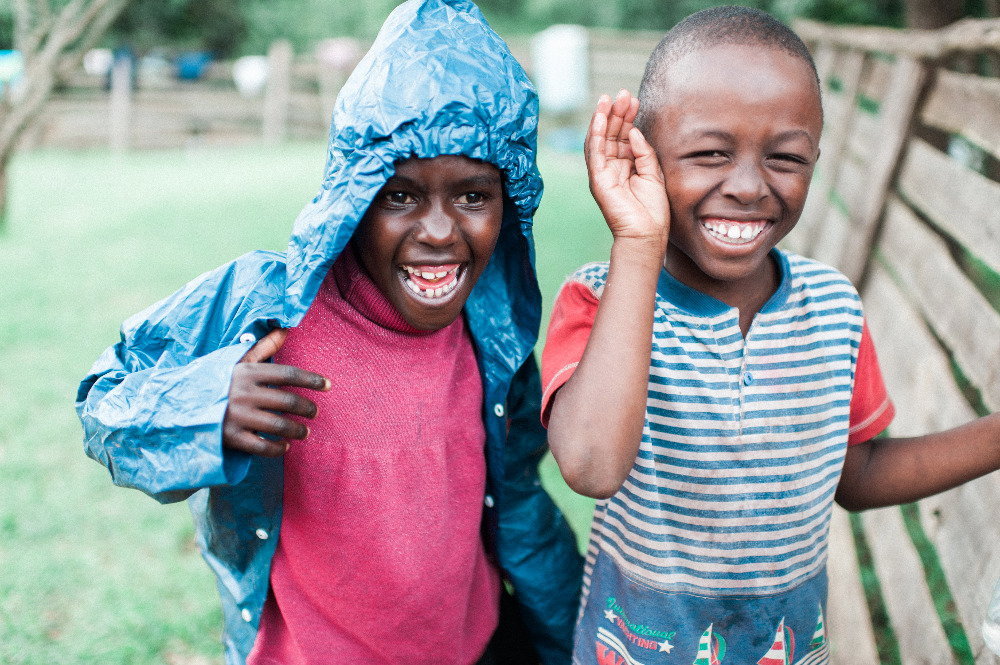
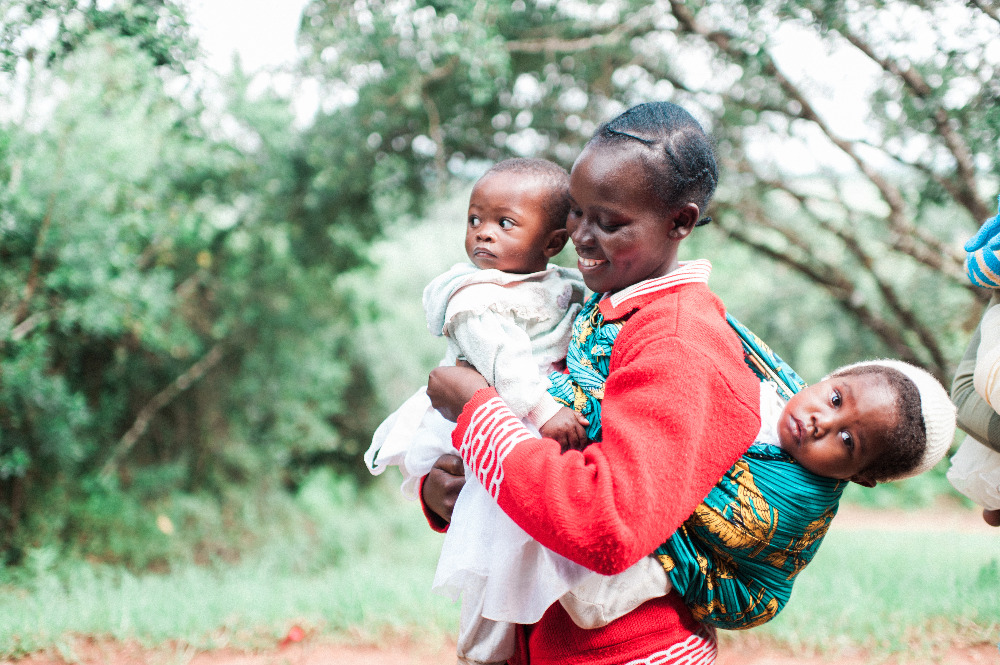
THE HOUSES
Structurally speaking, the Children's Village is comprised of six identical four-bedroom houses. Constructed through donor funding between 2007 and 2011, the houses were built to bring kids the essentials: sturdy walls, solid roofs, warm beds, and a place to call home. Each cottage is also outfitted with a rain-collection system and a functional electrical supply.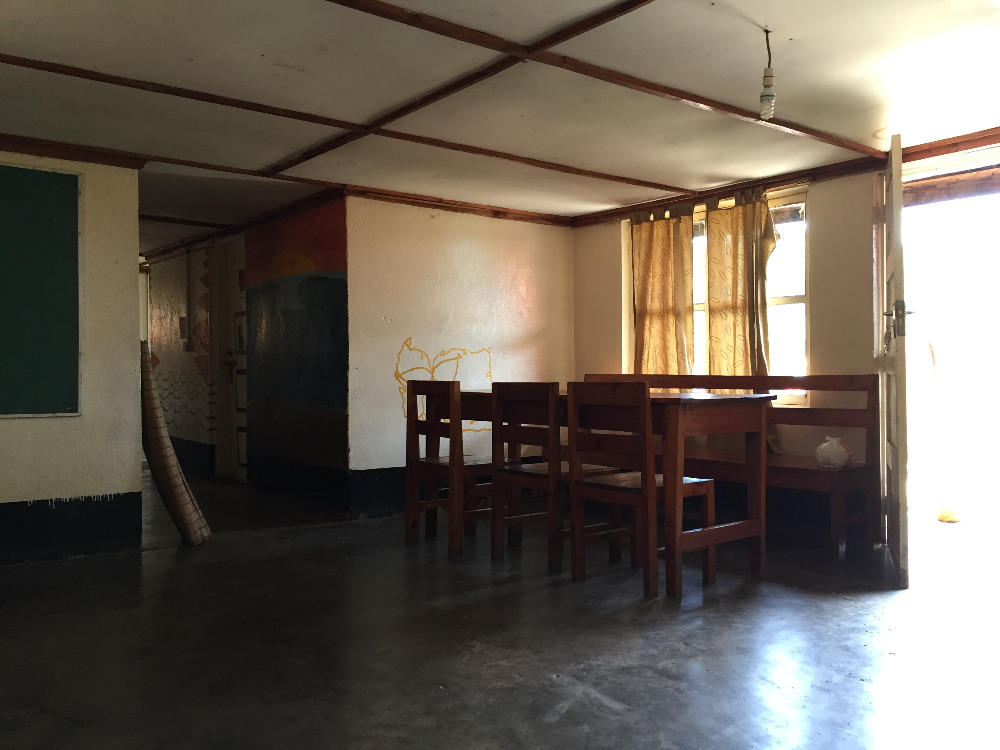
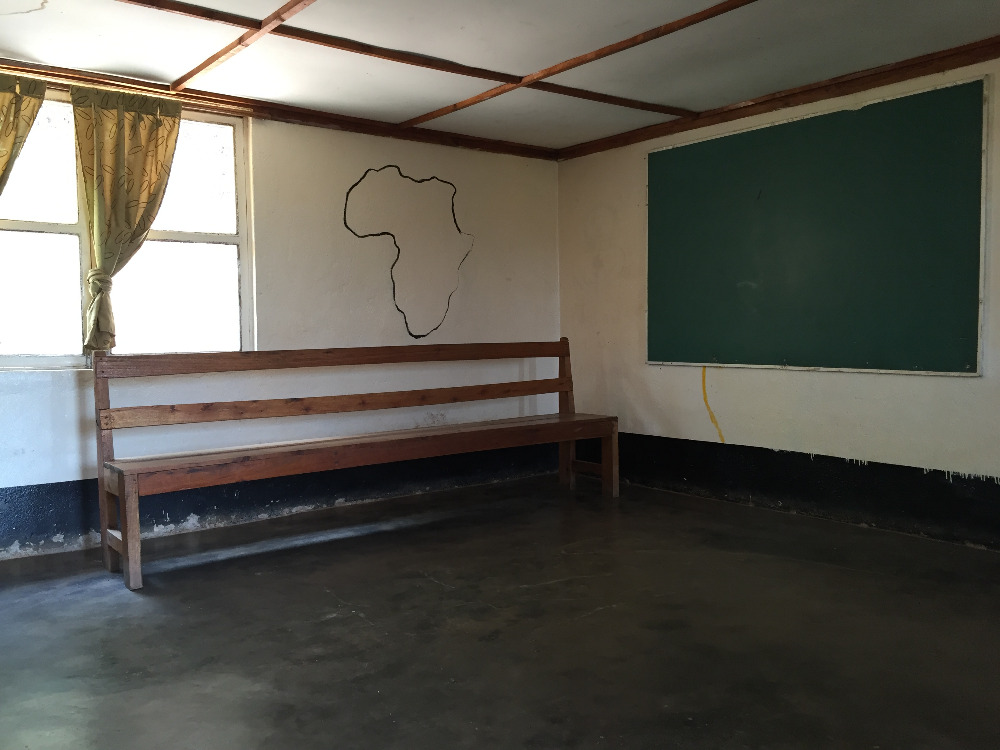
All six one-story buildings follow the same simple floor plan. Bedrooms and bathrooms branch out from a versatile central space that can act as a living room, a dining room, or a study hall; out front, a covered area with a wood stove makes for a modest kitchen. Furnishing is limited to a heavy wooden table and two sturdy benches per house. Walls and floors are bare concrete, with little in the way of ornamentation. Erected with simplicity in mind, the houses are adaptable, sturdy, and easy to maintain.
But shouldn’t a children’s home be more than that?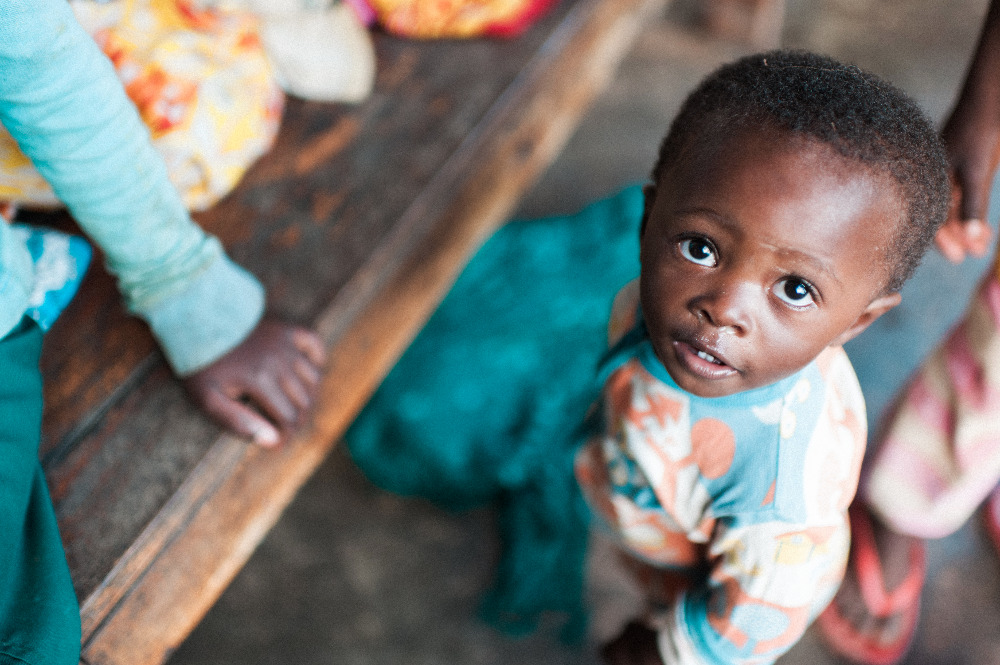
THE HOMES
So far, donors like you have helped us to provide our 61 kids with roofs, walls, beds, and bathrooms – the basics. But at-risk children need more from their living space than “basics.”
So why leave it at that? When it comes to a child's developing mind, a little extra comfort and stimulation can go a long way. Physical environment is a huge factor in overall child health. The average American kid, swaddled in stimulation from infancy onward, doesn’t know what it means to lack this kind of nourishment - and these kids shouldn’t, either.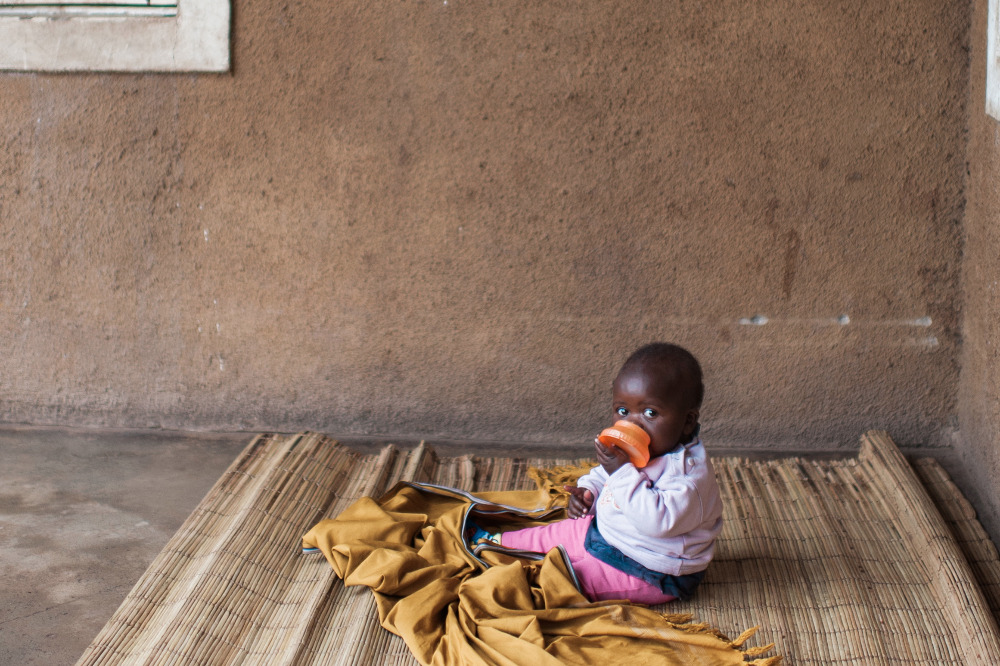
This is where you come in. With the Houses to Homes project, we’re going to turn each Children’s Village house into a bona fide living space. With your help, we can revamp each building with an interior renovation that will bring the houses comfort, color, and the warm feeling of home.
The goal is to turn each house into a bright, stimulating environment where our kids can learn and play more comfortably. We need the interiors of our houses to match the vibrance and energy of our mission. And doesn't every young person deserve a place like this? The gift of your donation will give day-to-day coziness and community that will enrich lives and foster friendships – for this generation of Village residents and the next.
These kids have the houses they need. Help us give them the homes they deserve.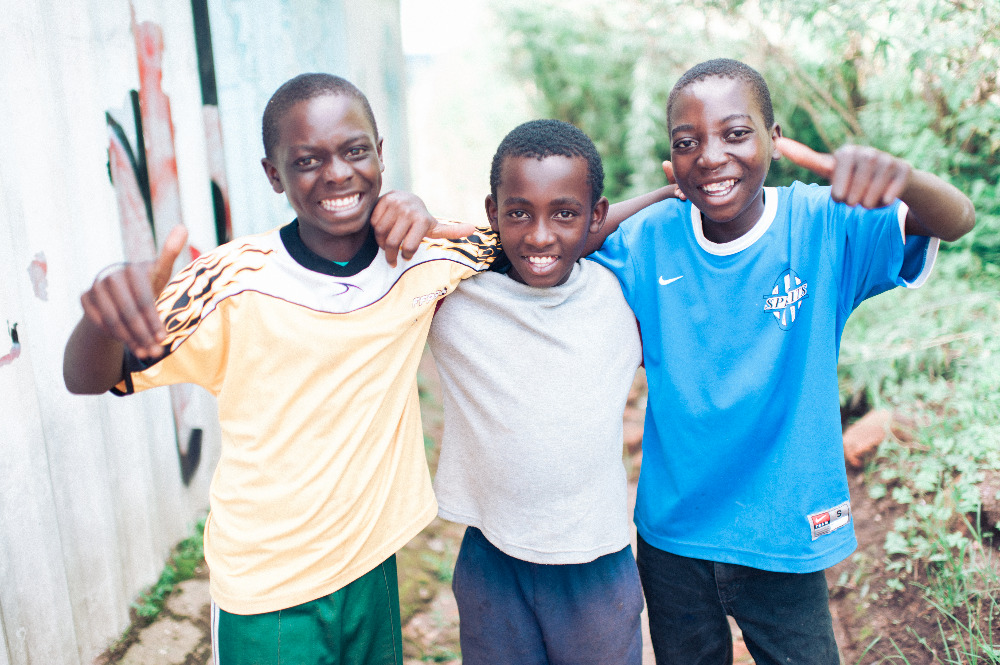
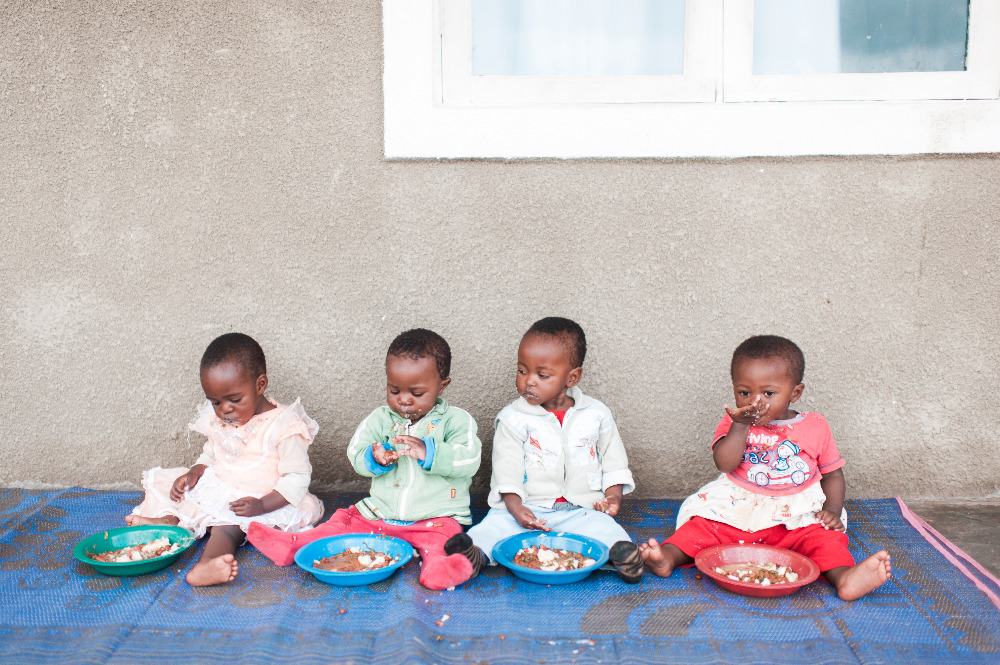
THE SPECIFICS
Our renovation comes with a side of economic stimulus. Every cent you contribute will be spent on locally-sourced furniture and décor - and in Tanzania, a cent goes an pretty long way!
Here’s what your donation will support (in each of the six houses):
· A comfortable living area that will take up a corner of the central room and add some much-needed coziness to the homes. Three handmade sofas, a coffee table, and a woven rug to match
· A refurbished and more kid-friendly dining area, located opposite the living room; comprised of a long table, benches, and chairs, with dimensions tailored to the ages of the kids in each house
· Large shelving units to store books and toys (2 per house)
· Floor coverings throughout every central room. No more hard concrete floor!
· New curtains, courtesy of students of the NGO’s onsite vocational sewing school
· Customizable picture frames, which the kids will decorate, fill (with portrait print-outs!) and hang on the walls of their newly renovated homes
· Electric lamps with custom shades
· New mural paintings on the walls of Houses 4-6, courtesy of local artist Chasaki
And a better, brighter Children's Village!
FAST FACTS
About Mufindi district and the Children's Village:
35: HIV/AIDS prevalence percentage in the Mufindi District (Compare with 8% nationwide)
40: Percentage of children in Mufindi who have lost at least one parent
5: Percentage of Tanzanians who graduate from secondary school
20: Average monthly living expense, in USD, of a farmer in Mufindi
61: Number of children in the Children’s Village
14: Number of Children’s Village residents living with HIV/AIDS
100: Percentage of children under age 6 in the Children's Village who are victims of maternal mortality
5: Number of Children's Village residents living with lifelong physical and mental disabilities
70: Percentage of Children's Village residents who are victims of neglect, abuse, or torture
12: Number of full-time House Parents employed by the Children's Village
The Igoda Children’s Village is supported via partnership with Mufindi Orphans , an American-run 501(c)3 nonprofit organization, and with Foxes’ NGO , a registered Non-Government Organization. We're also fortunate to have formed lasting partnerships with African Bookbox Society (CA); Orphans in the Wild (UK); Mufindin Ystavat (FN); and a number of other volunteer-run organizations worldwide.
http://www.mufindiorphans.org/ 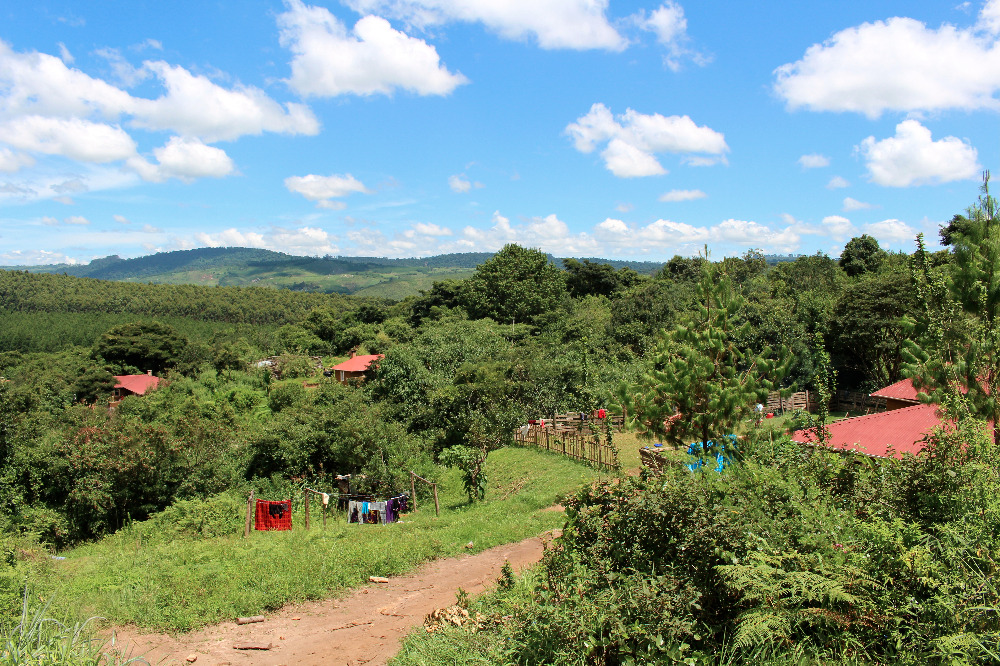
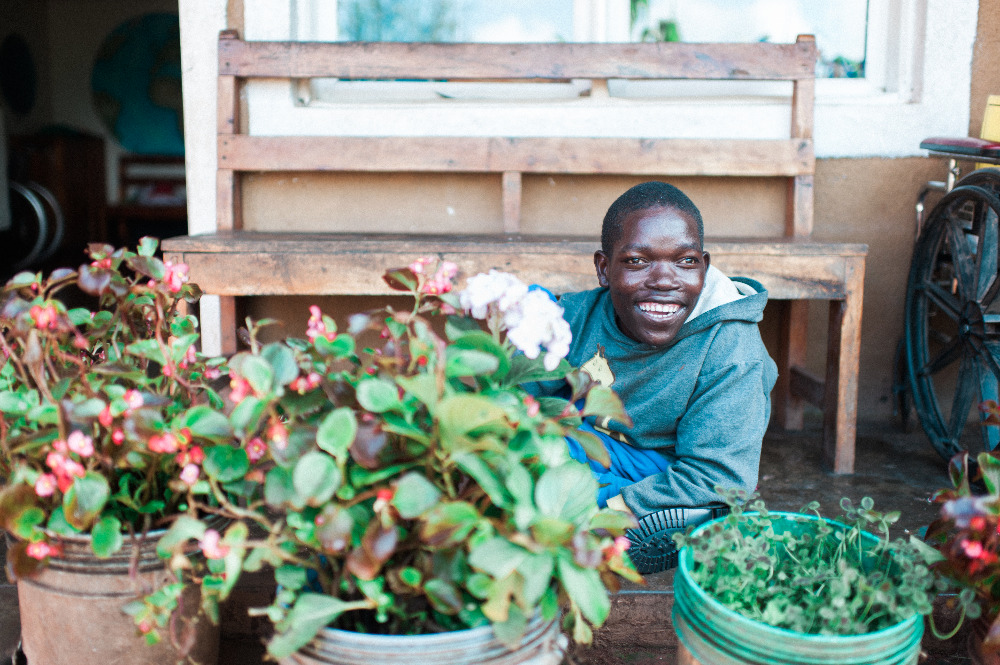 Photos courtesy of Aimi Duong - Photographers Without Borders
Photos courtesy of Aimi Duong - Photographers Without Borders
Editorial Content: Jack Dubreuil - Carpe Diem Education